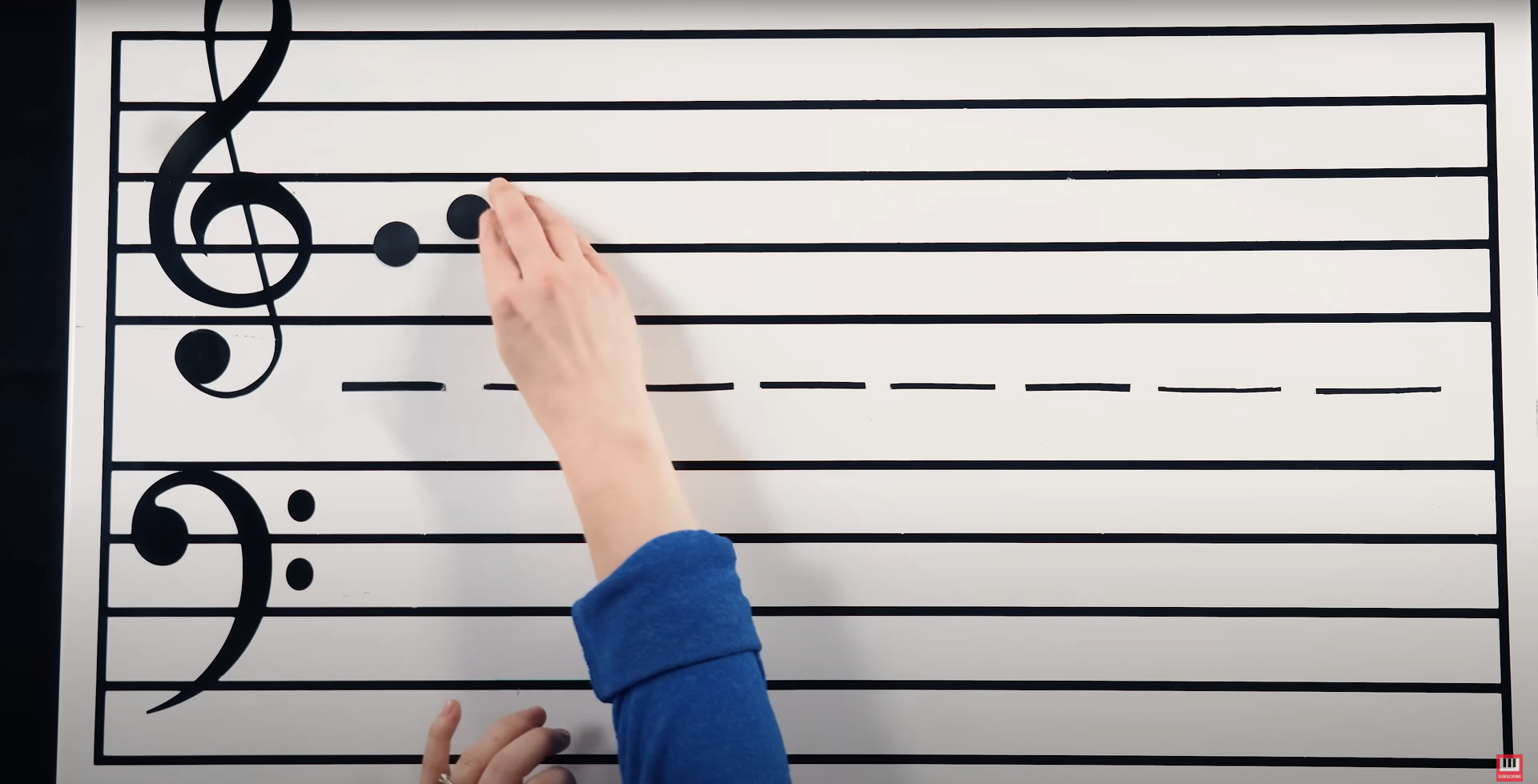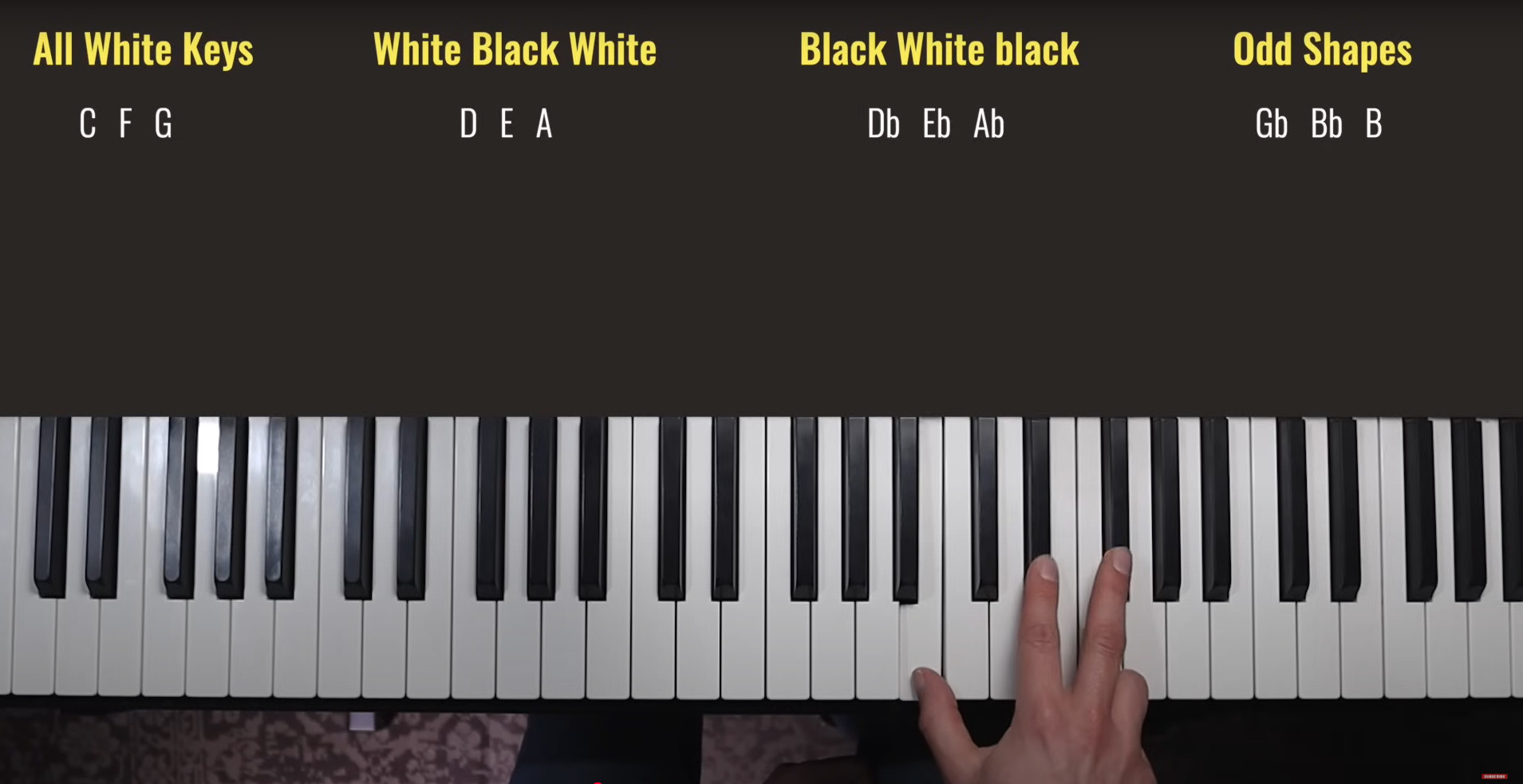Learning to play the piano can be an incredibly rewarding experience, but it can also be daunting for beginners. One essential skill that can significantly ease this process is understanding how to read piano tabs.
Unlike traditional sheet music, piano tabs provide a more straightforward visual representation of the notes, making it easier for learners to grasp melodies quickly. In this guide, we will explore the fundamentals of reading piano tabs to help you guys interpret them effectively.
By the end, you’ll have the confidence and knowledge needed to enhance your piano-playing journey. Let’s dive into the world of piano tabs and discover how you can elevate your musical skills!

Basics About Reading Piano Tabs
Piano tabs, short for “tablature,” are a simplified form of music notation specifically designed for keyboard instruments. Instead of using standard notation, which can be complex and intimidating for beginners, piano tabs present a more visual approach.
In a typical piano tab, the keys are represented by numbers or symbols that correspond to the actual keys on the piano. For instance, the number “1” may indicate the first key on the keyboard, allowing players to follow along easily and play melodies without needing extensive musical training. This intuitive method helps learners focus on the music rather than getting bogged down by complex notational systems.
Understanding how to read piano tabs is essential for several reasons.
Firstly, it allows beginners to quickly pick up songs and play them confidently, fostering a sense of accomplishment early in their musical journey. This can enhance motivation and spark a deeper interest in learning music.
Additionally, piano tabs can serve as a bridge to more advanced musical notation, helping players gradually transition to reading standard sheet music. By becoming familiar with the layout and fingering indicated in tabs, aspiring pianists develop essential skills that will benefit them in their overall musical education and playing technique.
How To Read Piano Tabs?
As we have mentioned above, piano tabs use numbers or symbols to represent the keys on a keyboard. This system may seem confusing at first, but with some practice and understanding, you’ll be reading piano tabs like a pro in no time!
For Regular Piano Tab Playing
Step 1: Divide the keyboard into octaves, each corresponding to lines on the tab.

To start reading piano tabs, it’s essential to visualize the keyboard divided into octaves. Each octave consists of eight notes, beginning with C and ending with B.
On a piano, there are several groups of octaves. For example, the notes in one octave are C, D, E, F, G, A, B, and then it repeats starting from C in the next octave.
When you look at a piano tab, imagine that each line represents a different octave. The lowest line typically corresponds to a lower C note, while the upper lines represent higher notes.
For instance, if you see a “1” on the bottom line, you would play the lowest C note on the piano. If there’s a “5” on the same line, you would play the G note from that octave.
By breaking it down this way, you can better understand where each note lies on the keyboard. This approach helps you build a strong foundation for playing songs, as you’ll be able to visually relate the numbers on the tab to the specific keys on the piano.
Step 2: Identify the notes in the tab based on the octave indicated by the line.

Once you have divided the keyboard into octaves, the next step is to identify the specific notes indicated in the piano tab. Each line represents a different octave and each number or symbol shows which key to press. For instance, let’s look at a simple piano tab that uses numbers:
5|-a-d-f————————
4|-a-d-f————————
3|——-c-D-e-f-G————–
You might have already figured out that each letter represents a note in the scale! Lowercase letters denote natural notes, which correspond to the white keys on the keyboard, while uppercase letters indicate sharps, which are the black keys.
For instance, “c” is a white key, and “C” is the black key immediately to its right.
The notes on the tab lines should be played in the octave indicated by the line number. So, in the example tab above, the notes on line 4 are played in the fourth octave of the keyboard.
It’s important to note that in some tabs, there may also be numbers stacked vertically. In this case, you play them simultaneously. For example, if the tab shows “2” and “4” on the same line, that means you should press both D and F at the same time.
Familiarizing yourself with this arrangement will help you transition smoothly between notes and enhance your playing skills.
Step 3: Read the tabs from left to right, noting any measure breaks marked by I’s.

As you continue to read piano tabs, it’s important to practice reading from left to right. Each number or symbol represents a note to play in sequence, so following the flow is essential for maintaining rhythm.
For instance, if your tab shows the numbers:
5 | – a – d – f ———————-
4 | – I – a – d – f —————–
3 | ——- c – D – e – f – G ——–
You’d start with the first note on line 5 (which corresponds to A) and then move to the next indicated note on line 4 (D). The “I” symbol signifies a break or a measure line, indicating a pause before the next set of notes begins. When you see “I,” take a moment to reset your fingers and prepare for the upcoming notes.
For instance, if your song is in 4/4, there are four quarter notes between each set of lines. For the 6/8 song, there are six eighth notes within each measure.
Maintain a steady tempo while playing, even if you encounter this break. This will help you develop a sense of timing and rhythm, making your overall playing more fluid and enjoyable. Remember, practice is key to mastering this skill.
Step 4: Play the notes in sequence as you read from left to right.

Once you’re comfortable with the layout of the tabs and have identified the notes, it’s time to bring everything together by playing the notes in the sequence indicated. Begin at the leftmost part of the tab and play each note in the order they appear.
As a practice, consider playing with a metronome set at a slower speed; this will help you develop your timing. Gradually increase the speed as you become more confident. Over time, you’ll find that your ability to read tabs and play fluidly will improve significantly.
For Interpreting Special Characters
Having established a solid understanding of how to read piano tabs, it’s crucial to familiarize yourself with any special characters that may appear within them. These characters can indicate various techniques or modifications to the notes, enhancing your overall playing experience and musical expression.
Step 1: Deciphering the Beat Notation

Tabs can often be limited in expressing rhythmic variations – an aspect critical for music. The workaround often applied is the use of repetitive numbers above or below the tab that serve as beat counters.
For example, look at the numbers “1”, “2”, “3”, and “4” as beats of an underlying melody. Similarly, “&” is often used to denote off-beats, imitating the common beat counting methodology like “1-&-2-&-3-&-4-&”.
Step 2: Understanding Rests and Sustains

Rests and sustains are crucial in music. However, tabs may not always clearly indicate them. In some tabs, a series of “>” characters following the notes indicate a sustain, directing you to hold the note in question.
For instance, a note followed by “>>>>” would ideally be held until the next measure.
Step 3: Interpreting Staccato Notes

Staccato notes, represented by a period after a note in many piano tabs, are essentially brief, sharp notes. They are the polar opposite of sustained notes.
For instance, “a.” denotes that the ‘a’ note is to be played staccato, adding a quick, distinctive character to your melody.
Step 4: Identifying Hand Guide

Often, tabs will include “R” and “L” to guide you on which hand to use to play certain notes. Typically, “R” stands for notes to be played with the right hand and “L” with the left.
While usually, the lower notes are played with the left hand and the higher ones with the right, this guide can help you accurately follow the original composition.
Conclusion
In conclusion, now that you have a basic understanding of how to read piano tabs, you can continue to improve your skills by exploring different types of tabs and challenging yourself with more complex melodies.
Remember that consistent practice is key in mastering any new skill, and reading piano tabs is no exception. So keep learning, stay motivated, and have fun as you continue to hone your musical abilities. With dedication and determination, you’ll soon be playing like a pro! ̣

